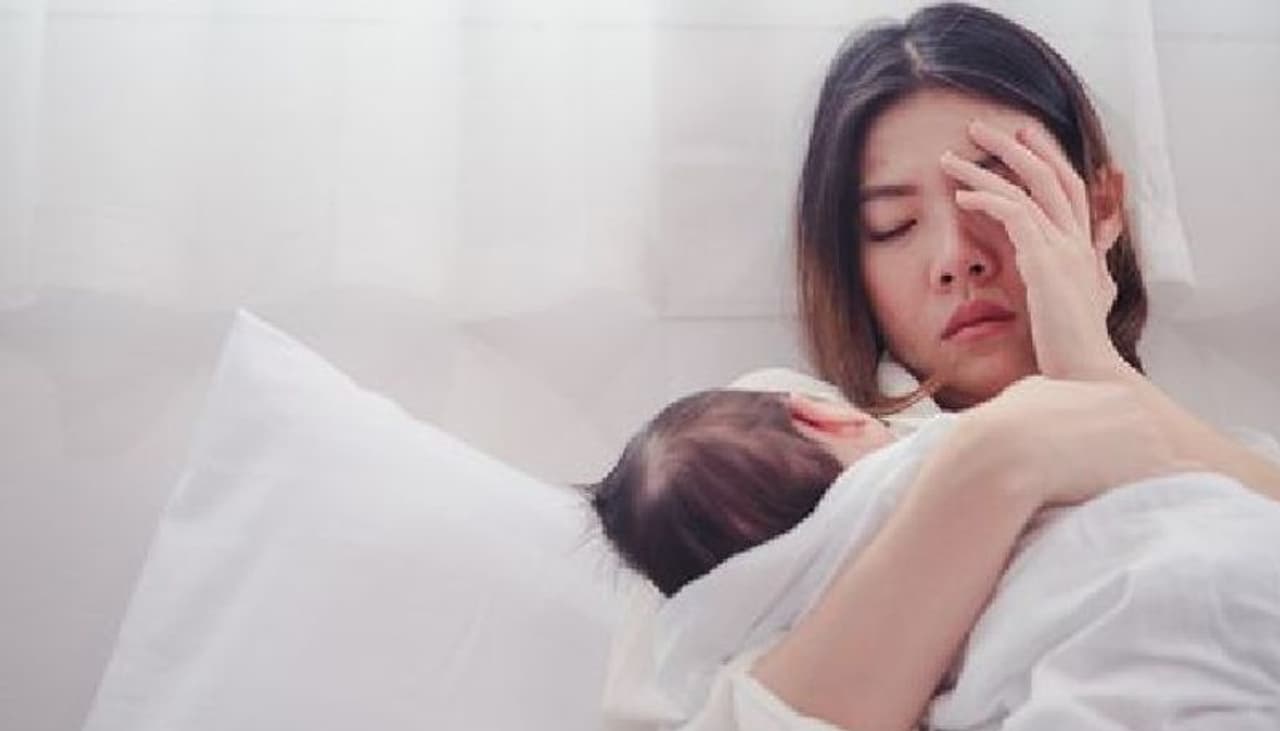On the upcoming occasion of Women's day we spoke to Dr Pallavi Joshi, Consultant Psychiatrist, Manipal Hospital, Varthur Road, Bengaluru about depression in women, types, causes and symptoms

Types of Depression
These are not the standard type of depression but are different variants
Premenstrual dysphoric disorder-
Nearly 70-80% of women face premenstrual syndrome. Indeed, though it’s not a typical type of depression that comes under all the criteria, still it is characterized by tearfulness, irritability, sleeplessness and other bodily features like bloating, fluid retention and breakouts on the skin
The most eminent variant of this type of depression is generally known as a premenstrual dysphoric disorder- which is represented by crucial features of depression, mostly during the onset or in the 2nd half of the cycle and ends as the period starts.
Postpartum depression-
This is an eminent sort of depression and its unlike baby blues
Baby blues like general feelings of fatigue, feeling overwhelmed and sleeplessness, are often noticed in the initial 2 weeks by the majority of the mothers and its slowly get recovered after that.
Postpartum depression usually commences post-delivery within 4 weeks and should continue for an extended period of your time. It is related to harming oneself or even ideas of hurting the baby and also severe mood swings.

Causes
these are the risk factors, not causes. Having these factors makes a woman at risk for depression than men.
- Anatomically, a woman's brain is different from that of a man. It is smaller in volume and has a bigger amygdala, the centre for feelings and emotions, making a woman more vulnerable to depression.
- Hormones play a major role in regulating brain function.
Estrogen one dominant hormone is the 1st half of the menstrual cycle and pregnancy keeps woman’s spirit up. When its level fall in 2nd half of the cycle, reaching the lowest few days before menstruation, it makes a woman highly vulnerable for lows, its levels fall after pregnancy and close to menopause also, this condition is known as Premenstrual syndrome, a type of depression associated with the menstrual cycle, depression during the postpartum period and depression connected to perimenopausal period also.
- Challenges that keep on coming by each decade in a woman’s life from menarche and monthly periods, then pregnancy, then childbirths & lactation, to menopause and handling several things while doing these is often stressful.
- Age-old societal and social attitude plays a role here. Gender discrimination is still considered to be prevalent in many sectors of society. A woman may have to have many sacrifices and compromise in many domains like career education, for the family's sake. Voice of the women may not be given importance in some strata of society. Malnutrition, domestic violence, sexual harassment, neglect are other challenges. When it comes to city life, the job profiles and salaries offered to them often differ from the men
![]()
Symptoms –
These symptoms must be present for at least 2 weeks to rule out that someone is passing depression.
Low moods, fewer energy levels or easy fatiguability, reduced interest in previously pleasurable activities, decreased focus, reduced motivation to do any work or lethargy, feelings of helplessness, hopelessness, worthlessness, reduced or increased sleep, reduced or increased appetite.
There could be associated features like increased irritability, agitation and feelings of restlessness and anxiety and mood swings.
Many women may present with multiple pains which have no medical cause for it

